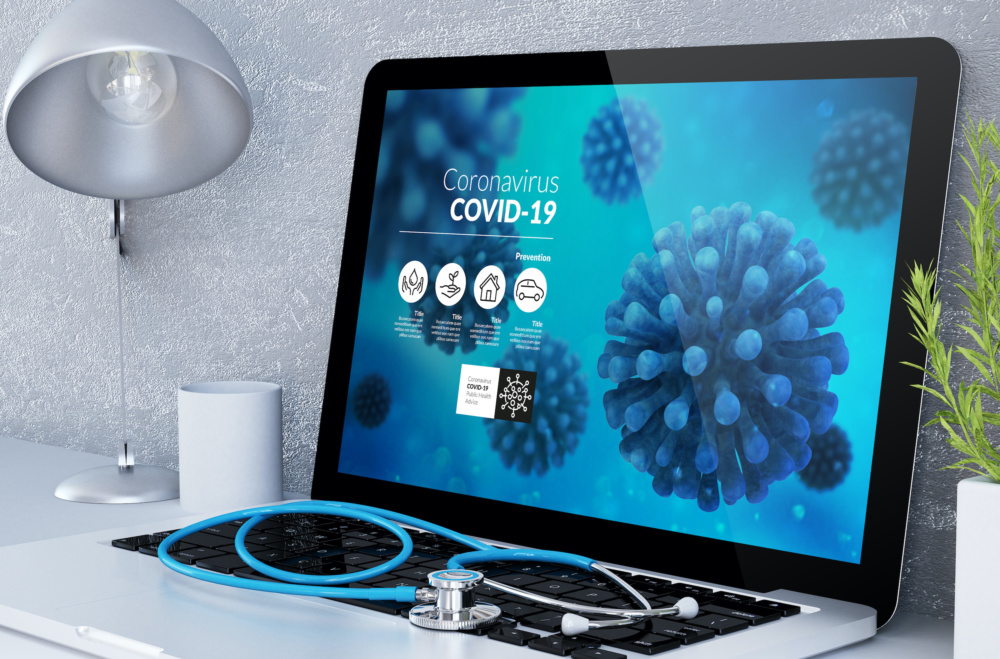Migraines vs. Headaches: 7 Ways To Tell The Difference
Provided by Tekton Research
Headaches can be annoying and painful. They impair your ability to work, think, and go about your day to day activities. If you’ve experienced one headache, you’ve experienced them all, right? Not necessarily. Many sufferers of bad headaches compare their pain to a migraine. If you find yourself struck by a debilitating and painful headache, how can you tell if it’s a migraine? There are several symptoms that mark a migraine as different from a normal headache.
Symptoms of a Migraine
37 million people suffer from migraines in the US, and that 2-3 million of those sufferers have chronic migraines. New findings have shown that migraines are a neurological disorder. Because of this, sufferers from migraines have several symptoms that are neurological in origin and that headaches do not have.
1. Prodrome Stage: This stage is the first in migraines and most likely does not include physical pain. Sufferers experience mood swings, food cravings, fatigue, uncontrollable yawning, and memory impairment. These symptoms may occur hours, even a full day before a migraine and are not found in normal headaches.
2. Nausea: Nausea is very uncommon in headaches, and migraine sufferers understand the feeling of nausea when paired with a migraine; it’s debilitating. Women’s Health lists nausea and vomiting as a symptom of a migraine, but not as a symptom of a tension headache.
3. Moderate to severe pain: If you’ve suffered a bad headache, you may feel like the pain has been severe. However, some women who have experienced migraines – as they occur in 18 percent of women -have said the pain is just as severe or worse than childbirth. The pain will become so intense that even coherent thoughts can be impossible, and some have reported lapsing into unconsciousness.
4. Sensitivity: Light and sound sensitivity may occur before, during, and after an attack. Migraineurs often avoid bright light or loud sounds, as any disturbance can increase the pain exponentially. Remember, migraines are a neurological condition, so the senses and nerves closely tie in with the symptoms.
5. Pain on both sides of head: Tension headaches, the most common form of headaches, often have pain on one side of the head or in one specific spot. Migraines are different. The pain will be on both sides of the head and be spread overall, not just at the temple or on your left side or behind your eye.
6. Postdrome: The final symptom of migraines is also very distinct. After the throbbing and pulsating pain has subsided, the postdrome occurs. It is often characterized by mood swings as well, as some may feel overjoyed and some may feel depressed and drained of energy.
7. Aura: This occurs right before the onset of a migraine and is the most decisive way to distinguish between a headache and a migraine. Headaches are not preceded by this. Auras are visual signs that are manifested in a migraineur’s field of vision. They can include colored spots, shimmering patches or lines, or temporary blindness. Migraine Pal further details the visual sensations of the aura, such as a “visual arc of scintillating, shinning spots or shapes which begin in a small area of your central vision and gradually expand peripherally.” Other aura sensations include feelings of intense fear, confusion, and separation from one’s body.
Tekton Research is looking for research study participants to enroll in clinical trials. Call or email us to see if you qualify for one of our currently enrolling studies. You can also join our database for study opportunities that will be starting in the near future. For more information click here: http://www.tektonresearch.com/migraine/








Recent Comments